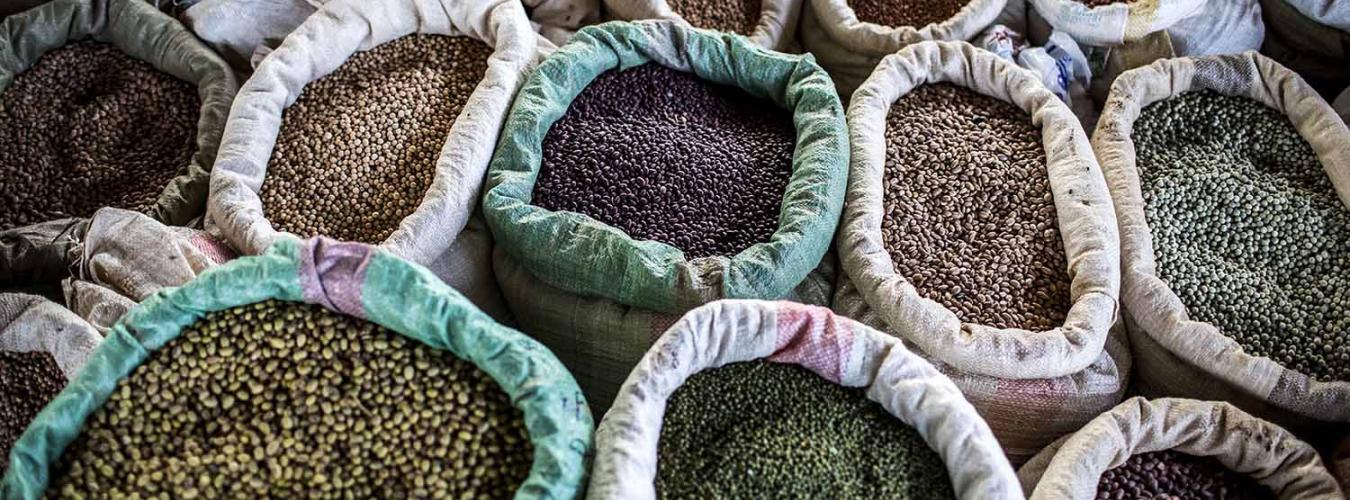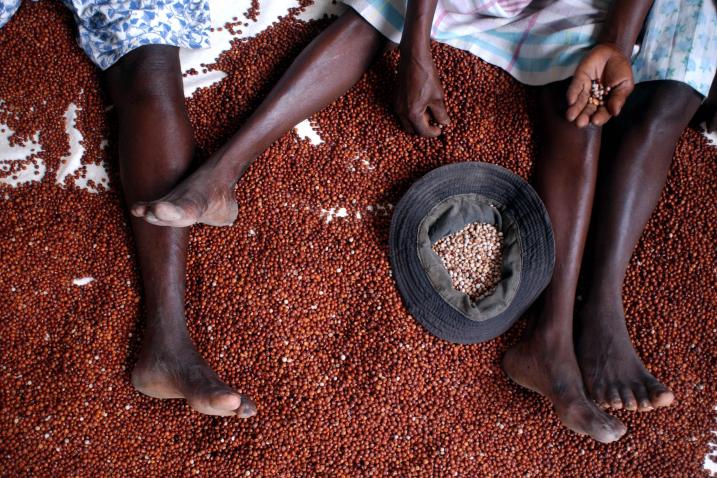What are pulses?
Pulses, also known as legumes, are the edible seeds of leguminous plants cultivated for food. Dried beans, lentils and peas are the most commonly known and consumed types of pulses.
Staples dishes and cuisines from across the world feature pulses, from hummus in the Mediterranean (chick peas), to a traditional full English breakfast (baked navy beans) to Indian dal (peas or lentils).
Pulses do not include crops that are harvested green (e.g. green peas, green beans)—these are classified as vegetable crops. Also excluded are those crops used mainly for oil extraction (e.g. soybean and groundnuts) and leguminous crops that are used exclusively for sowing purposes (e.g. seeds of clover and alfalfa).

Are you an expert on pulses?
You probably already eat more pulses than you realize but do you know the data behind legumes? Accept our challenge with these 8 questions.
Origin
#WorldPulsesDay #LovePulses
Recognizing their value, on 20 December 2013, the UN General Assembly adopted a resolution (A/RES/68/231) proclaiming 2016 as the International Year of Pulses (IYP). The celebration of the year, led by the Food and Agriculture Organization of the United Nations (FAO), increased the public awareness of the nutritional and environmental benefits of pulses as part of sustainable food production.
Building on the success of the International Year of Pulses and recognizing their potential to further achieve the 2030 Agenda for Sustainable Development, with particular relevance to Sustainable Development Goals 1, 2, 3, 5, 8, 12, 13 and 15, Burkina Faso proposed the observance of World Pulses Day.
In 2019, the General Assembly proclaimed 10 February as the World Pulses Day (resolution A/RES/73/251).
Special Event, webinar – Italy, 8 February 2024 (12:30-14:00 CET)
Pulses: nourishing soils and people
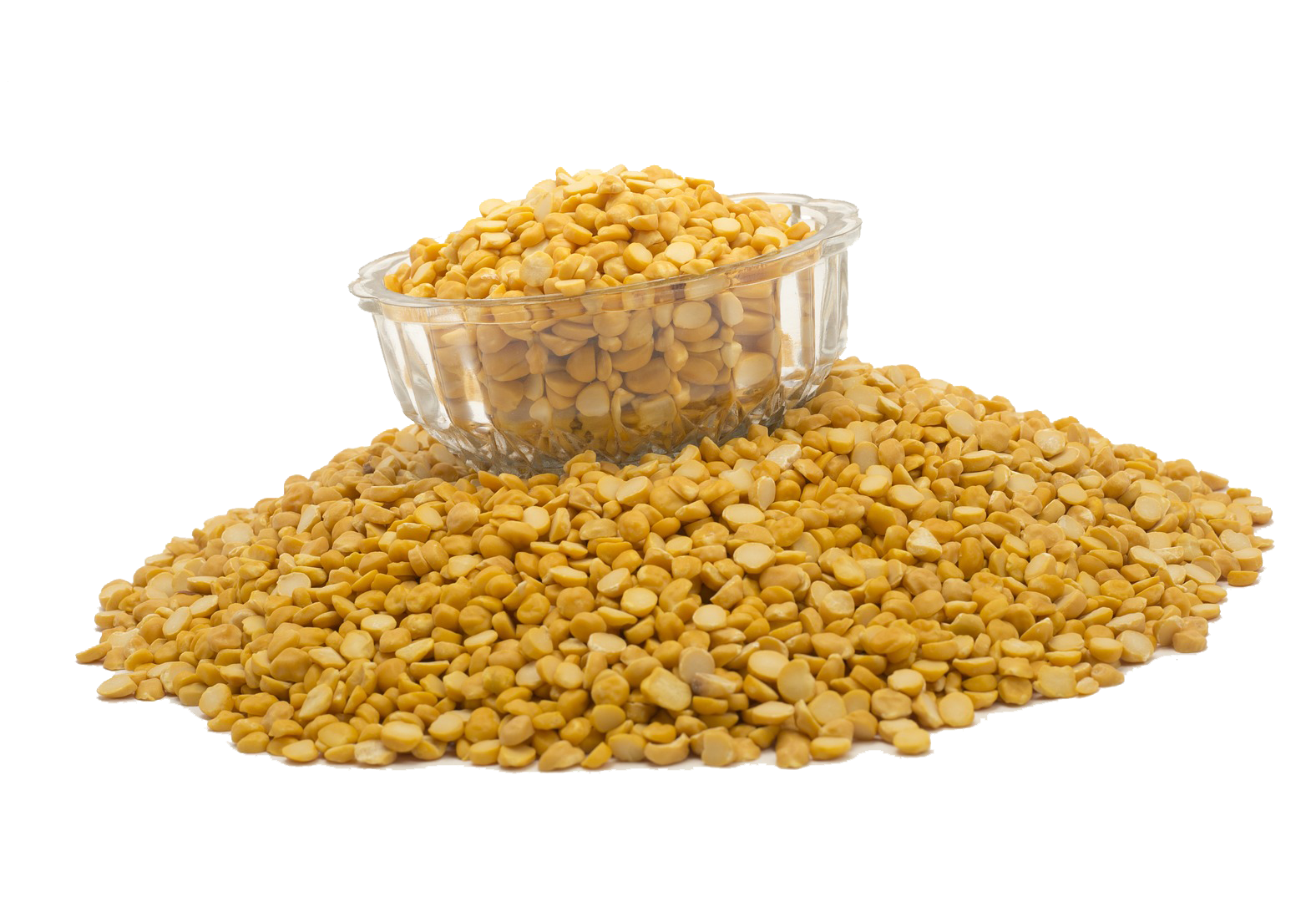 The global celebration, Thursday 8 February, 12.30-14.30 (CET), offers a unique opportunity to highlight the role of pulses as a sustainable option for diversification of agricultural production systems contributing to healthy soils, resilient and sustainable agrifood systems in a changing climate and environment.
The global celebration, Thursday 8 February, 12.30-14.30 (CET), offers a unique opportunity to highlight the role of pulses as a sustainable option for diversification of agricultural production systems contributing to healthy soils, resilient and sustainable agrifood systems in a changing climate and environment.
Why are pulses important crops?
Nutritional value
They are packed with nutrients and have a high protein content, making them an ideal source of protein particularly in regions where meat and dairy are not physically or economically accessible. Pulses are low in fat and rich in soluble fiber, which can lower cholesterol and help in the control of blood sugar. Because of these qualities they are recommended by health organizations for the management of non-communicable diseases like diabetes and heart conditions. Pulses have also been shown to help combat obesity.
Food security
For farmers, pulses are an important crop because they can both sell them and consume them, which helps farmers maintain household food security and creates economic stability.
Environmental benefits
The nitrogen-fixing properties of pulses improve soil fertility, which increases and extends the productivity of the farmland. By using pulses for intercropping and cover crops, farmers can also promote farm biodiversity and soil biodiversity, while keeping harmful pests and diseases at bay.
Furthermore, pulses can contribute to climate change mitigation by reducing dependence on the synthetic fertilizers used to introduce nitrogen artificially into the soil. Greenhouse gases are released during the manufacturing and application of these fertilizers, and their overuse can be detrimental to the environment.
Did you know?
- Intercropping with pulses increases farm biodiversity and creates a more diverse landscape for animals and insects
- The nitrogen-fixing properties of pulses can improve soil fertility, which improves and extends the productivity of farmland
- Pulses are highly water efficient: for producing 1 kg of lentils needs 1250 liters, while 1 kg of beef requires 13,000 liters.
Read
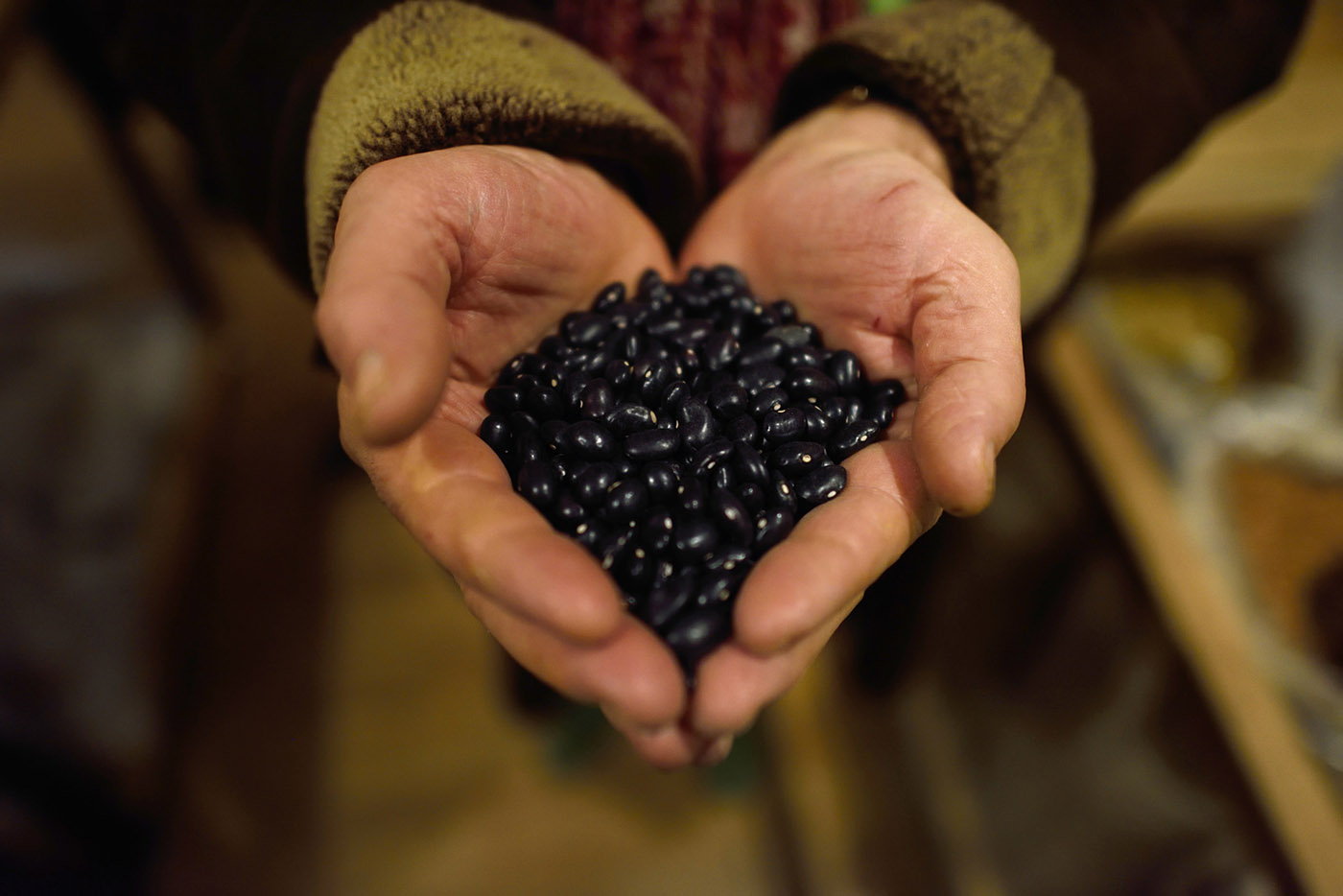
For the love of pulses!
FAO introduces six lesser-known pulses and their cooking traditions from around the world.
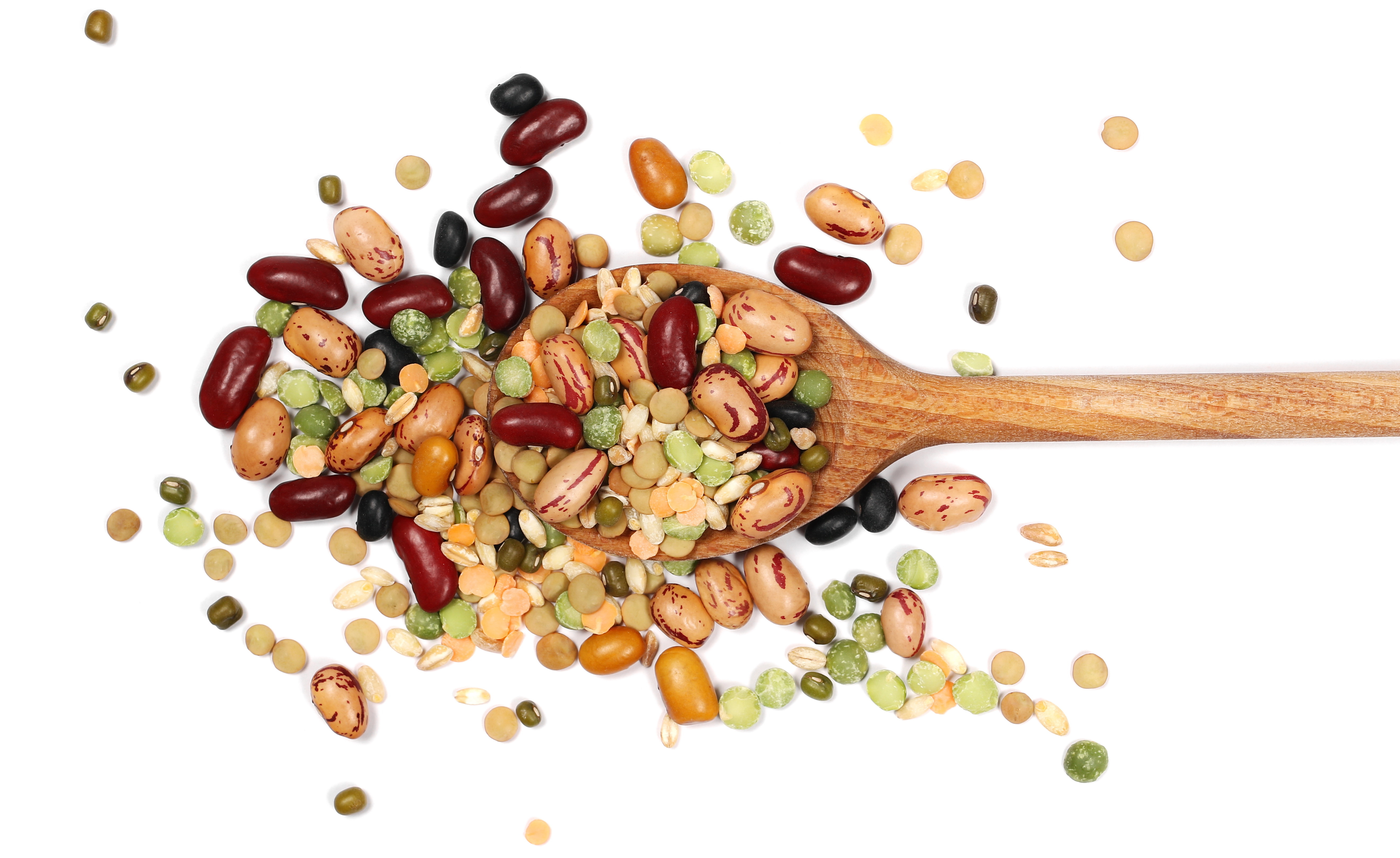
Legumes, one of the super foods against climate change
Did you know that pulses are among the most climate-friendly foods? Learn more about their contributions.
Watch
In depth
- UN General Assembly resolution establishing World Pulses Day A/RES/73/251
- Report of the Secretary General: Activities during the International Year of Pulses, 2016
- Global Issues: Food
FAO

